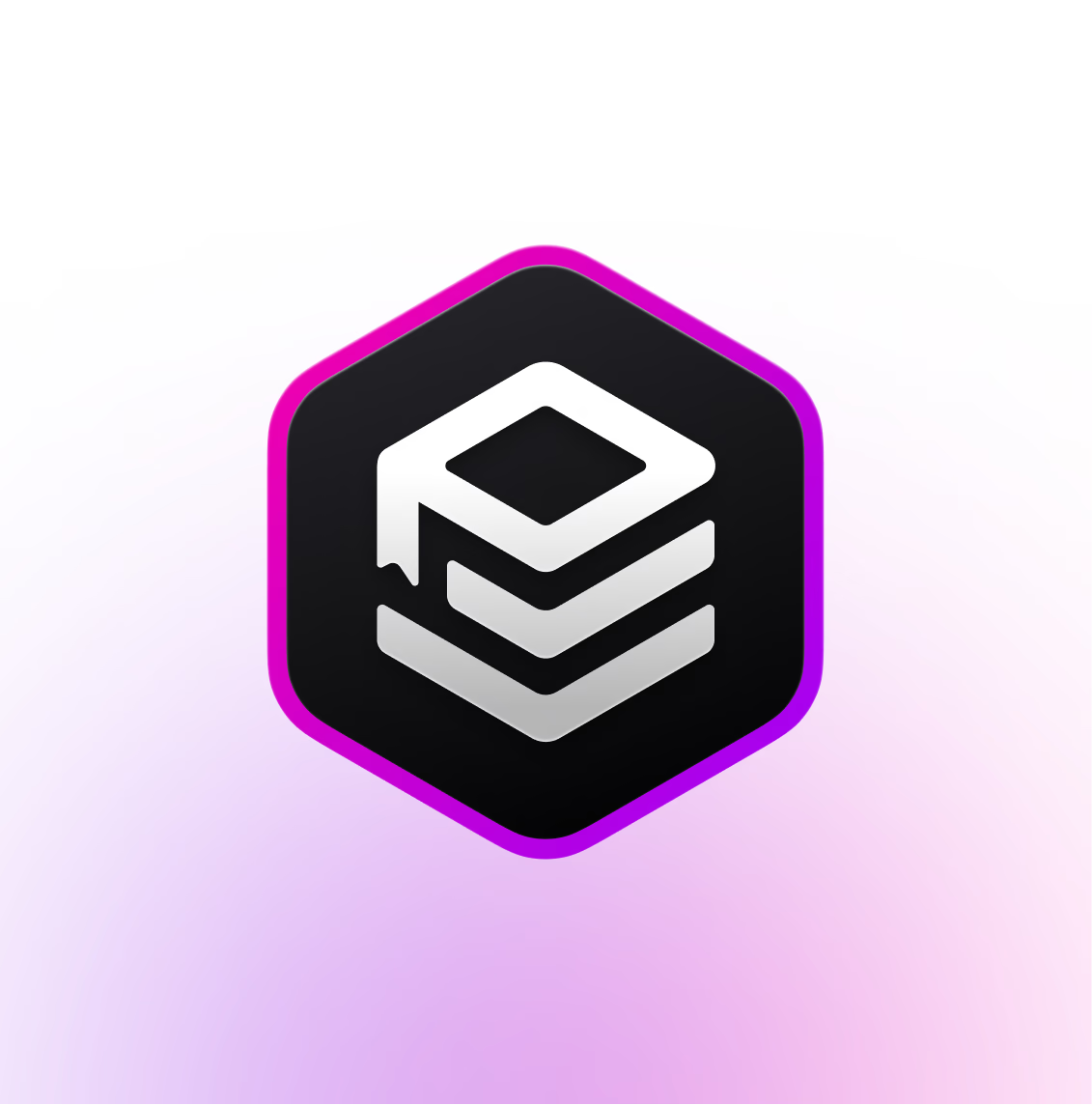

20: Creating graph edges
To create a graph relation, we can use the RELATE
statement. The syntax for this statement is RELATE record->graph_table_name->record
, leading to quite readable syntax since graph tables are usually a verb or similar word (“place employs person”, “person likes book”, and so on).
Here is what some typical RELATE
statements look like.
Using this syntax, we can now create the employees inside a FOR
loop and link them to the library at the same time.
Inside the query below is an array of objects that contain the employee data. Inside each loop, we can create a single person
record using the ONLY
keyword and assign the output to a parameter called $created
. This parameter can then be used in the statement RELATE $created->works_at->place:surreal_library
.
Now that the relations have been created, we can look at the works_at
table to see what is inside. Querying in this way is no different from any other table.
SELECT * FROM works_at;
Each works_at
table has its own random ID, has a person
at the in
field (the initiator of the relation), and a place
at the out
field (the object of the relation).
You can always query graph edges in this way if you want. For example, this query shows all the details for all the people at the in
part of works_at
, which in this case shows our person
records.
SELECT in.* FROM works_at;
However, the ->
and <-
arrows used to create relations are also used to quickly move from one path to the next, and it is this syntax that is usually used when querying them. We’ll give this syntax a try on the next page.